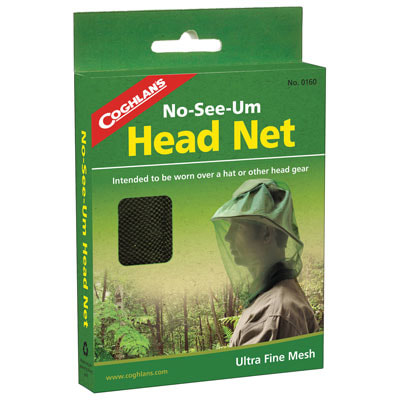|
As we get into the cooler weather of the fall, I start spending more time in Missouri's forests. Well, there's good and bad to that. If you've read any of my posts, you know I love being outdoors. But our forests here are not without hazards: ticks, chiggers, mosquitoes, no-see-ums, and my nemesis, poison ivy. If you don't have poison ivy where you live, consider yourself lucky. Yes, I know in some areas there are also venomous snakes, crocodiles, and large predators, but I don't fear those because they can be avoided with common-sense precautions. It's the little things that are more of a threat to me, the things that are much harder to avoid. For example, here's what my arm looks like right now, due to a recent encounter with poison ivy: I know, I know, you're tempted to say I can avoid such things by simply staying out of the woods. But that's not an option, because I feel a deep connection to nature and spending time in the woods (or in the water, or on the prairie, etc.) is essential to my peaceful and contented state of mind. And so this leads to today's Awesome Animal... the no-see-um. Have you read Profusion yet? If so, you know that the entire world is threatened by a profusion of horrifying creatures. Bobby makes a plan to try to stop it, and ironically his plan involves the smallest flying insect he can think of... the no-see-um. But what the heck is a no-see-um? No-see-ums are called different names in different parts of the world. They are actually a type of fly (the order Diptera), but they are much smaller than many other flies such as mosquitoes or deer flies. In fact, some of them are so small you simply cannot see them without a magnifier. So you don't know they are on your skin until you feel them biting you. That's how they got their name, no-see-um. Amazing facts about No-See-Ums Most of the insects people call no-see-ums are in a family of flies referred to as biting midges. Depending on where you're from, you may have heard them called midgies, knotts, moose flies, sand flies, punkies, or biting gnats. some of these names, though, like gnats and sand flies, are ambiguous because they are used for a number of other insect groups. Amazingly, there are 4,000 to 5,000 species of no-see-ums (biting midges) that we know of, and they live in almost every part of the world. They've even been found on Mount Everest! No-see-ums are so small they can fly right through typical screens on windows and doors. Whenever I purchase a tent, I make sure the windows are made of "no-see-um netting," a special type of netting with very small holes. In order to block no-see-ums, the netting must have mesh size of at least 4,900 holes per square inch! They also make head nets with the stuff: No-see-ums can drive a person crazy, because they bite! Like with mosquitoes, it is the females that bite. The females have a needle-like sucker along with a separate injector tube. The sucker is obviously for sucking up blood. The injector tube is used to inject a small amount of anticoagulant, to keep the blood from clotting so it will flow freely up the sucker tube. It is actually our body's allergic reaction to this anticoagulant that causes the itch. Some people are more allergic to it than others. Fortunately for me, the itch only lasts about 20 minutes, but for some people it can go on for several days or even weeks. Female no-see-ums seek out blood for the same reason female mosquitoes do--to get nourishment for the development of their eggs. Once she gets a blood meal, the female will lay her eggs on water or wet mud or sand (water is necessary for the larvae). For most species, the larvae feed for about 28 days before becoming adult no-see-ums (although it can take up to a year in some cold climates). A female can lay 400 or more eggs at a time, and she can breed 5-7 times in her adult life. No wonder these things can be so abundant! No-see-ums (along with gull midges) are the only pollinators of the cacao tree. So without them, we would have no chocolate. No-see-ums are drawn to mammals (including humans) by the odor of carbon dioxide (which we exhale) and the odor of lactic acid (which is made in our muscles and red blood cells). So this means that CO2 mosquito traps are also effective for no-see-ums. The real question is, if you can't see them, do they exist? So, the No-See-Um deserves a place in the V.G.A.H.O.F. (V.G. Animal Hall of Fame). FUN FACT: V.G. is an initialism for Very Good. Surprisingly, this abbreviation has been part of the English language since the 1860s. It showed up then in the Oxford English Dictionary, in a quote about a prison guard: “[he] was not in their [i.e. the prisoners’] opinion sufficiently liberal with his V.G.’s (‘Very Good,’ as marked in the accounts.)” So, in other words, V.G. is another way to say awesome. Photo Credits:
No-see-um Enlarged - Jarmo Holopainen Blood-filled midge - Wikimedia Commons Calvin and Hobbes - GoComics
1 Comment
Leave a Reply. |
Stan's Cogitations
Everyone needs a creative outlet. That's why I write. Archives
July 2024
|






 RSS Feed
RSS Feed